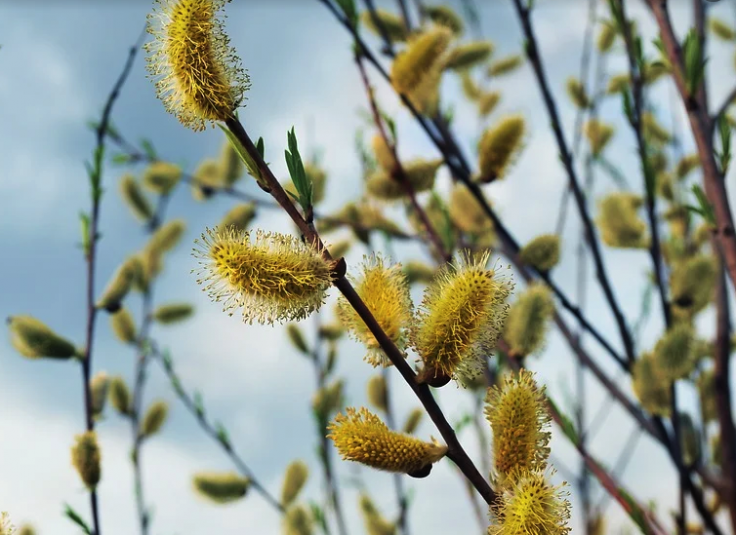Mother Nature has been very generous as far as providing the human race with drugs is concerned, but the latest scientific discovery could be the natural world's greatest contribution to our kind.
After giving the world aspirin, a staple in most medicine cabinets, more than a century ago, the willow tree is once again making waves over its life-saving capabilities. Scientists have found the leaves and stem of the willow to contain a novel chemical that has proven capable of killing cancer cells.
Tried and tested
Scientists from the UK's Rothamsted Research and cancer biologists from the University of Kent discovered the chemical, called miyabeacin, and found it be effective in killing cancer cells that are resistant to existing drugs available in the market. The potential new drug can help us combat several childhood cancers as well as breast, throat and ovarian cancers.

The researchers tested miyabeacin against a host of cancer cell lines, including those derived from a stage 4 cancer patient and found that the chemical effectively eliminated neuroblastoma – a hard to treat pediatric cancer that has a survival rate of below 50 percent. Miyabeacin also managed to kill off several cell lines.
The many uses of the willow tree
The multi-faceted medicinal uses of the willow tree dates back thousands of years when ancient Egyptians would strip the trees and use them to ease the pain of their aching joints. In 1897, a synthetic version of the active pain-relieving ingredient found in the plant, salicylic acid, was later produced and marketed as aspirin, which went on to become one of the most commonly used drugs across the globe.

"With resistance to treatment being a significant issue in cancers such as neuroblastoma, new drugs with novel modes of action are required and miyabeacin perhaps offers a new opportunity in this respect," said Rothamsted's Professor Mike Beale, study co-author.
"Structurally, it contains two salicin groups that give it a potential 'double dose' of anti-inflammatory and anti-blood clotting ability that we associate with aspirin. However, our results reporting the activity of miyabeacin against a number of cancer cell lines, including cell lines with acquired drug resistance, adds further evidence for the multi-faceted pharmacology of willow."
When will it be available for clinical use?
While the scientists are happy with the potential new cure for cancer, there's a long way to go before it translates to a cancer drug for clinical use. The team still needs to figure out a way to mass-produce the miyabeacin from the willow trees for further medical testing.









